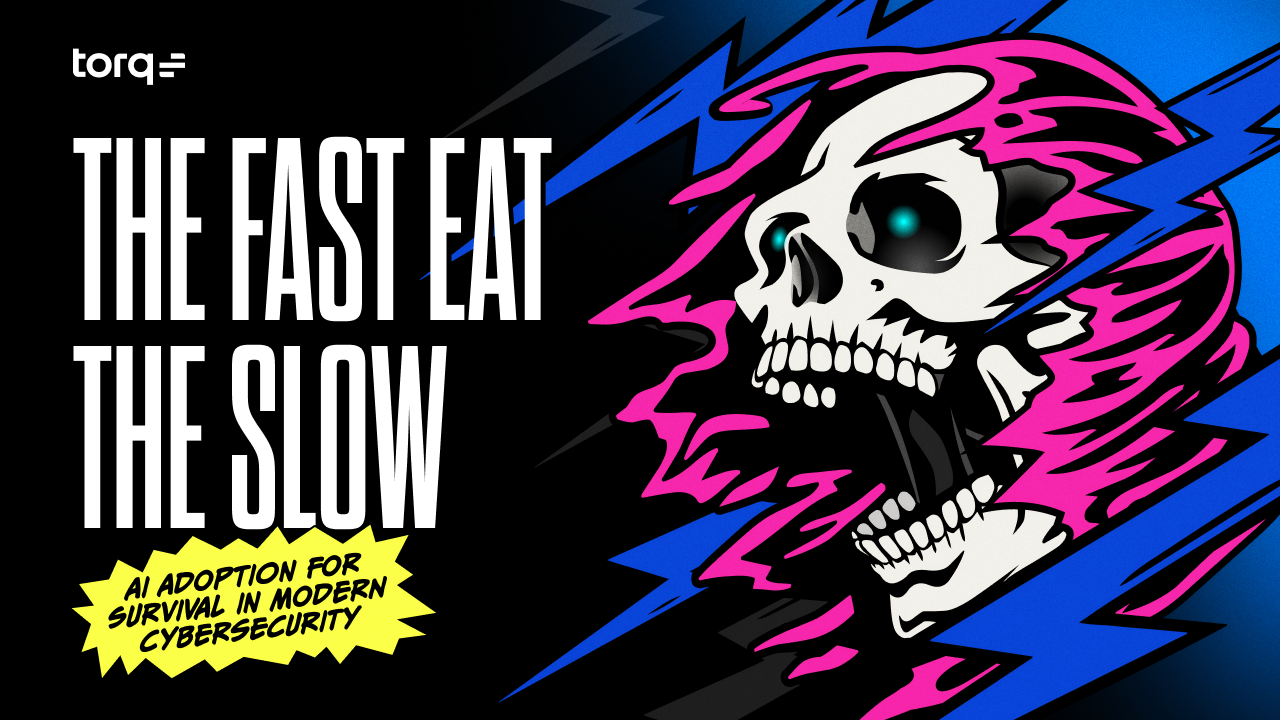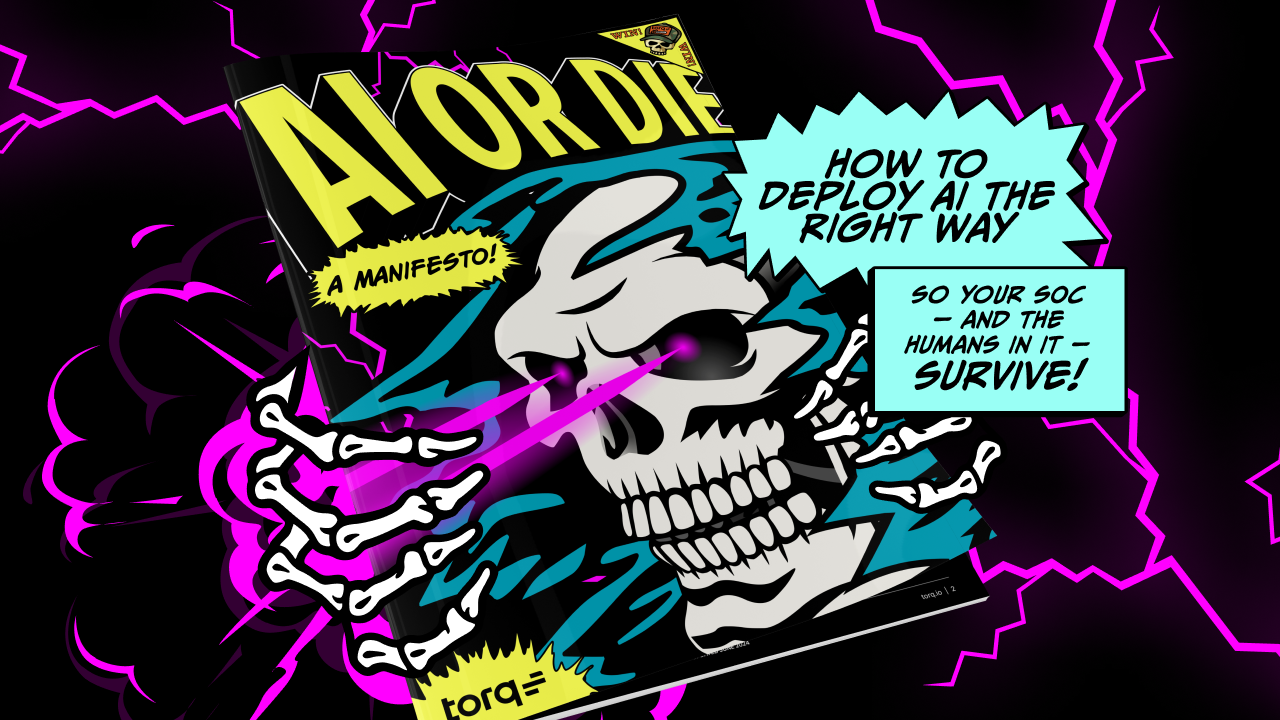Contents
Get a Personalized Demo
See how Torq harnesses AI in your SOC to detect, prioritize, and respond to threats faster.
Just five years ago, the average dwell time for a ransomware attack was seven months. Today, it’s five days and shrinking. Lateral movement breakout times have also accelerated significantly, dropping from 62 minutes to 48 minutes, with the fastest recorded breakout happening in just 51 seconds.
Why? Among other reasons, the bad guys are now leveraging AI to increase both the speed and breadth of their attacks. To put it bluntly, they’ve gotten a hell of a lot faster — and SOCs are struggling to keep up.
Don’t Play Checkers While Attackers Play Chess
Security teams today face an overwhelming number of alerts, many of which result from harmless Internet activity. With countless alerts pouring in daily, identifying the real threats becomes incredibly difficult, and serious vulnerabilities can go unnoticed amid the noise. This is where AI in the SOC comes in.
AI has become essential for detecting and stopping sophisticated threats at scale. By rapidly filtering out irrelevant traffic, an AI SOC analyst can give human analysts a clear head start. Capable of tirelessly sifting through millions of data points, auto-remediating the majority of Tier-1 alerts, and intelligently escalating critical cases, an AI SOC analyst enables human analysts to tackle high-priority threats in real time.
This combination of AI-driven anomaly detection and response with human-led investigation for critical events is essential in today’s cybersecurity landscape, where attackers are constantly evolving their tactics. Relying on traditional methods to defend your organization against a modern attack is akin to playing checkers while the bad guys play chess.
The Early Adopter Advantage in the Age of AI
A few years ago, embracing an early adopter mindset in IT and security operations was considered risky, a gamble on unproven technology. Today, AI adoption in the SOC has become a necessity to combat existential threats. Organizations that are slow to adopt AI run the risk of being eaten alive.
The new cutting edge in AI for SecOps is agentic AI, a paradigm shift that empowers autonomous SOC operations. Agentic AI can coordinate specialized AI agents to autonomously handle cases, build workflows, write case summaries and reports, transform data, and more.
Making the shift to an early adopter mindset for AI in SecOps involves more than just deploying new tools. It requires investment in training so that security teams are equipped to leverage AI effectively and responsibly. It also requires a strategic approach to building trust in AI systems through transparency, explainability, and guardrails, ensuring that AI-driven decisions are reliable and aligned with organizational objectives.
‘The Best Practical Use of AI From Any Vendor’
Torq has GenAI and agentic AI embedded throughout our platform. We use it to help with integrations, to help build workflow automations, and to improve the quality of life of human analysts. By automating routine tasks and providing enriched insights, AI adoption in the SOC frees human analysts to focus on the most critical threats, enabling faster and more effective responses.
I was recently on a call with the CISO at a Fortune 500 company that has been a customer for over a year. She said, and I quote, “Torq has the best practical use of AI I’ve seen from any vendor.”
Ready to turbocharge your SOC with AI so you don’t get eaten alive? Get the AI or Die Manifesto to learn how to deploy AI the right way, so your SOC — and the humans in it — survive.








